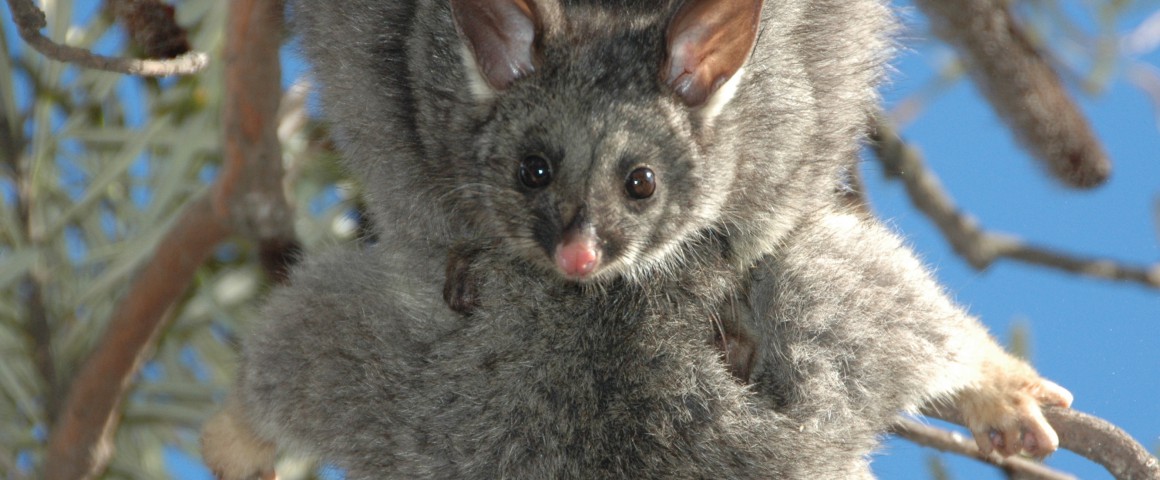The warming climate will shape the future for all life on Earth and often in unforeseen ways, but in the case of the koomal (a subspecies of the common brushtail possum), the future is becoming abundantly clear.
Researchers from the Edith Cowan University’s Centre for Ecosystem Management have modelled climate change impacts on Western Australia’s fragmented possum habitats and shown that the little koomal must either migrate or adapt in order to survive, possibly resulting in two distinct groups by the end of this century.
Koomal (the Nyoongar name for Trichosurus vulpecula hypoleucus), is endemic to southwestern Australia and geographically isolated from other subspecies of brushtail. It has already undergone a significant reduction in distribution since European settlement.
The subspecies is considered markedly different to other brushtails, being significantly smaller, tend to be more carnivorous and exhibit different behaviours – all of which is evidenced by its distinct genetics.
Now the koomal faces further shifts and contractions in its range due to climate change, as explained by lead researcher Dr Shaun Molloy.
“The clearing of native bush and the effects of jarrah dieback has made the two survival options, migrate and adapt, particularly difficult,” he said.
“In Western Australia we’ve lost a huge amount of native vegetation and what’s left tends to be in small patches or fragments.”
Molloy’s team employed species distribution models (SDMs) to predict the impacts of climate change on the species, which may be used to reserve critical areas for conservation purposes.
But it wasn’t all desktop research, Molloy said. The study, published in PLoS ONE, also incorporates field observation and radio tracking data in order to ensure higher fidelity in their modelling.
“We spent a year observing and radio tracking koomal to see how they survive in a fragmented landscape and used our observations to make our models much more realistic than the normal desktop exercise,” Molloy said.
Using climate modelling predictions up to the year 2070, the researchers found the most likely result for the koomal is an additional branching of the population.
“Our research shows the koomal will probably split into two distinct groups, much like has been predicted for other species such as the ngwayir, or western ringtail possum.
“One group will be isolated in the Darling Scarp inland from Perth extending south to around Dwellingup, while a second group will be confined to a band along the south coast of the southwest corner.”


